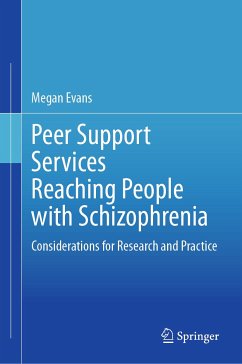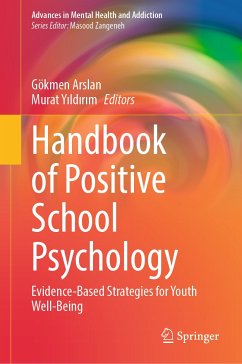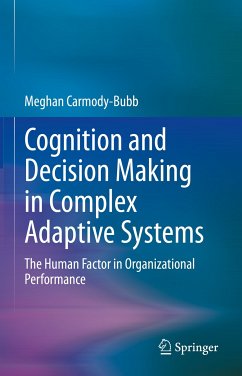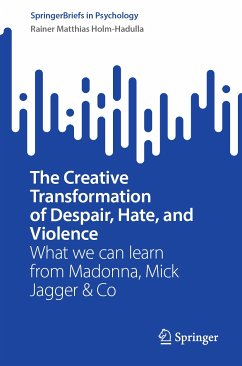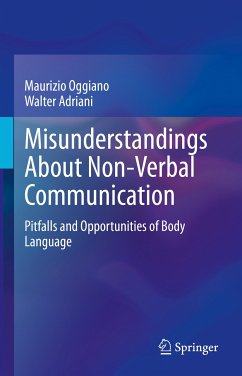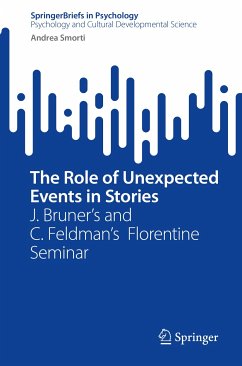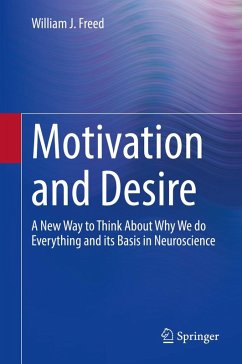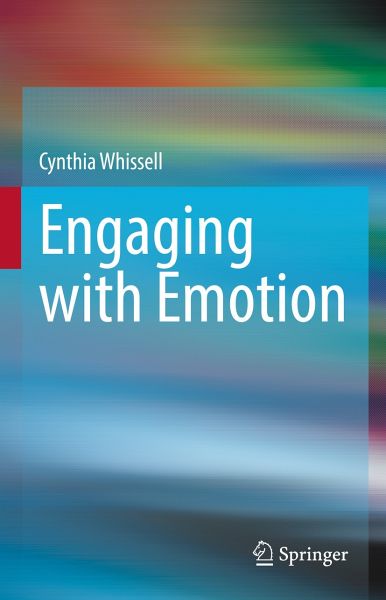
Engaging with Emotion (eBook, PDF)
Versandkostenfrei!
Sofort per Download lieferbar
80,95 €
inkl. MwSt.
Weitere Ausgaben:

PAYBACK Punkte
40 °P sammeln!
This work informs by encouraging the reader to interact with the text itself and with the literature in the area. It is a learning tool rather than an encyclopaedic presentation of its topic. The writing style is personal, direct and accessible. Citations are employed, but always for specific purposes. Cited materials are made accessible whenever possible by the provision of URLs.Readers learn about emotion and its relationship to brain, body, cognition, memory, and appraisal. They are also introduced to the role of emotion in language and in the fine arts.Readers of Engaging with Emotion will...
This work informs by encouraging the reader to interact with the text itself and with the literature in the area. It is a learning tool rather than an encyclopaedic presentation of its topic. The writing style is personal, direct and accessible. Citations are employed, but always for specific purposes. Cited materials are made accessible whenever possible by the provision of URLs.
Readers learn about emotion and its relationship to brain, body, cognition, memory, and appraisal. They are also introduced to the role of emotion in language and in the fine arts.
Readers of Engaging with Emotion will likely be students within the first two years of university or college taking a related course, or those who are interested in learning more about emotion. This book is ideal for adaptation to an online course format as it includes exercises and learning guides. The book uses straightforward and helpful language and examples to avoid frustrating or confusing students, but instead to keep them actively involved with the material in the book, and to help motivated learners learn.
Readers learn about emotion and its relationship to brain, body, cognition, memory, and appraisal. They are also introduced to the role of emotion in language and in the fine arts.
Readers of Engaging with Emotion will likely be students within the first two years of university or college taking a related course, or those who are interested in learning more about emotion. This book is ideal for adaptation to an online course format as it includes exercises and learning guides. The book uses straightforward and helpful language and examples to avoid frustrating or confusing students, but instead to keep them actively involved with the material in the book, and to help motivated learners learn.
Dieser Download kann aus rechtlichen Gründen nur mit Rechnungsadresse in A, B, BG, CY, CZ, D, DK, EW, E, FIN, F, GR, HR, H, IRL, I, LT, L, LR, M, NL, PL, P, R, S, SLO, SK ausgeliefert werden.



